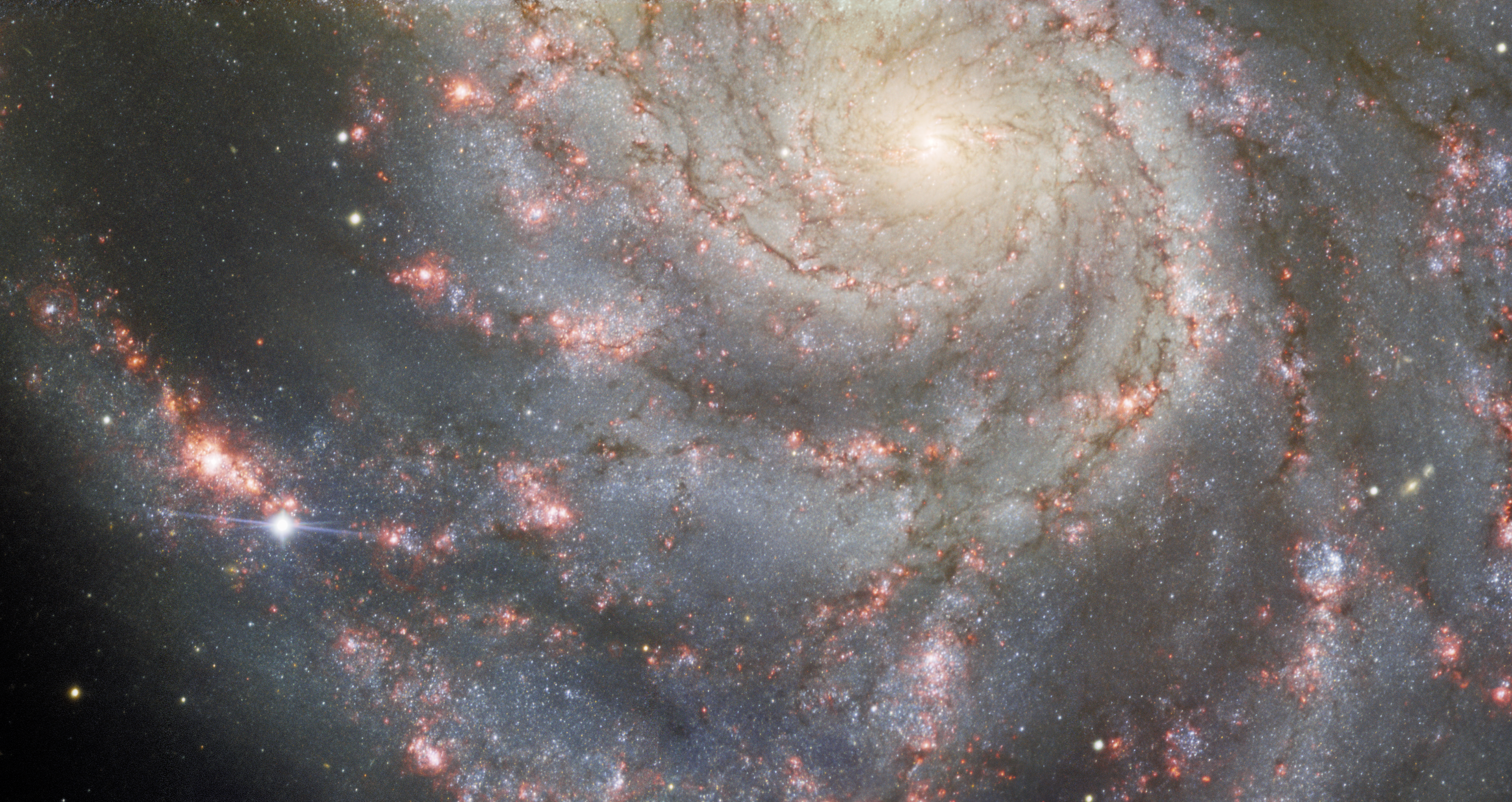Gemini North, one of the telescopes within the International Gemini Observatory operated by NSF’s #noirlab, has resumed its observation of the night sky after undergoing repairs and refurbishment. And it marked its comeback by capturing an extraordinary sight—the aftermath of a supernova explosion in the Pinwheel Galaxy (Messier 101). Discovered by amateur astronomer Koichi Itagaki on May 19, the supernova, named SN 2023ixf, is the closest of its kind observed in the past five years.
Scientists worldwide have turned their telescopes toward Messier 101 to witness the brilliant light display caused by SN 2023ixf. In the upcoming months, Gemini North will enable astronomers to delve into the fading of the supernova’s light and the changing characteristics of its spectrum, unraveling the underlying physics governing such cosmic events.
Gemini North’s primary mirror repair was a meticulous process, ensuring a safe return to normal operations. The mirror suffered limited damage in late 2022, but with careful planning and execution, the mirror was successfully repaired, recoated, and reinstalled within a span of seven months. The telescope’s control systems were also thoroughly tested to guarantee its functionality.
The impressive image of Messier 101 and SN 2023ixf confirms the restoration’s success. Gemini North’s 8-meter mirror and exceptional spectroscopic capabilities make it an invaluable tool for discovery. Situated on Maunakea in Hawai’i, the telescope enjoys a prime location in the northern hemisphere, providing unparalleled views of Messier 101.
Messier 101, located approximately 21 million light-years away in the constellation Ursa Major, is a captivating subject for astronomers. With its face-on orientation, it offers a pristine view of its vast 170,000 light-year diameter, allowing observers to marvel at the nearly one trillion stars within. The galaxy’s spiral arms exhibit regions of star-forming nebulae, accentuated by glowing pink pockets of light. Interspersed are young, hot, blue stars, and dust lanes that contribute to the ongoing birth of new stars.
The image, skillfully processed using the DRAGONS software system, prominently displays SN 2023ixf as a vivid blue star nestled in one of Messier 101’s spiral arms. Observations by both amateurs and professionals confirm its classification as a Type II supernova. Its relative proximity to Earth presents a unique opportunity for astronomers to gain insights into the evolution of massive stars and the cataclysmic mechanisms of their demise.
SN 2023ixf serves as a preview of the groundbreaking discoveries to come with the launch of the Vera C. Rubin Observatory in 2025. Equipped with a powerful camera and exceptional scanning capabilities, Rubin Observatory will detect and image supernovae and other transient events in the dynamic sky. The International Gemini Observatory, along with other telescopes, will then conduct follow-up observations to deepen our understanding of the origins and evolution of these cosmic phenomena.
Photo: NOIRLAB

















+ There are no comments
Add yours